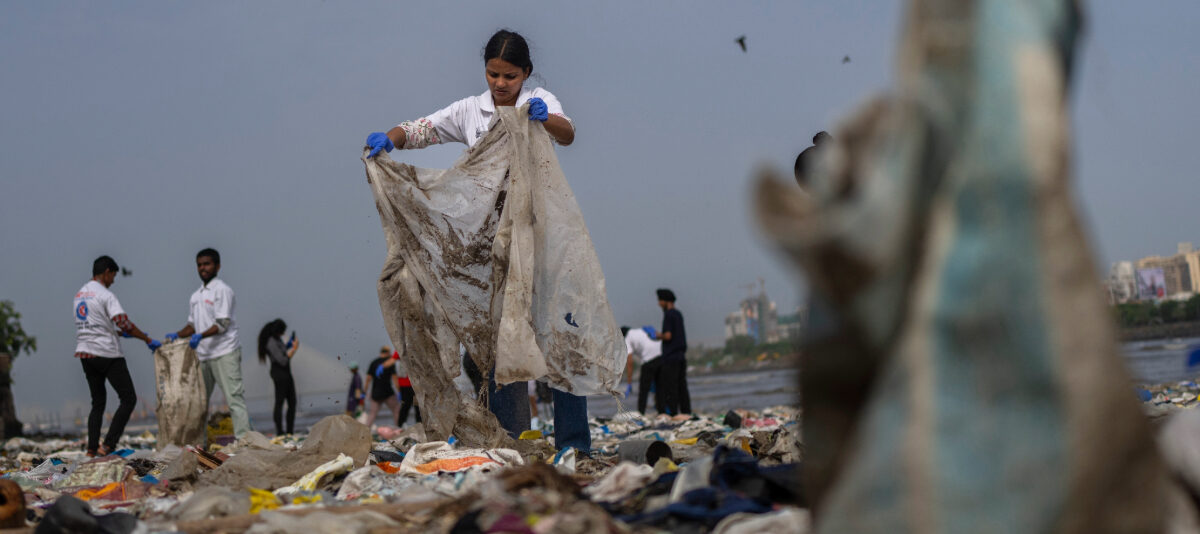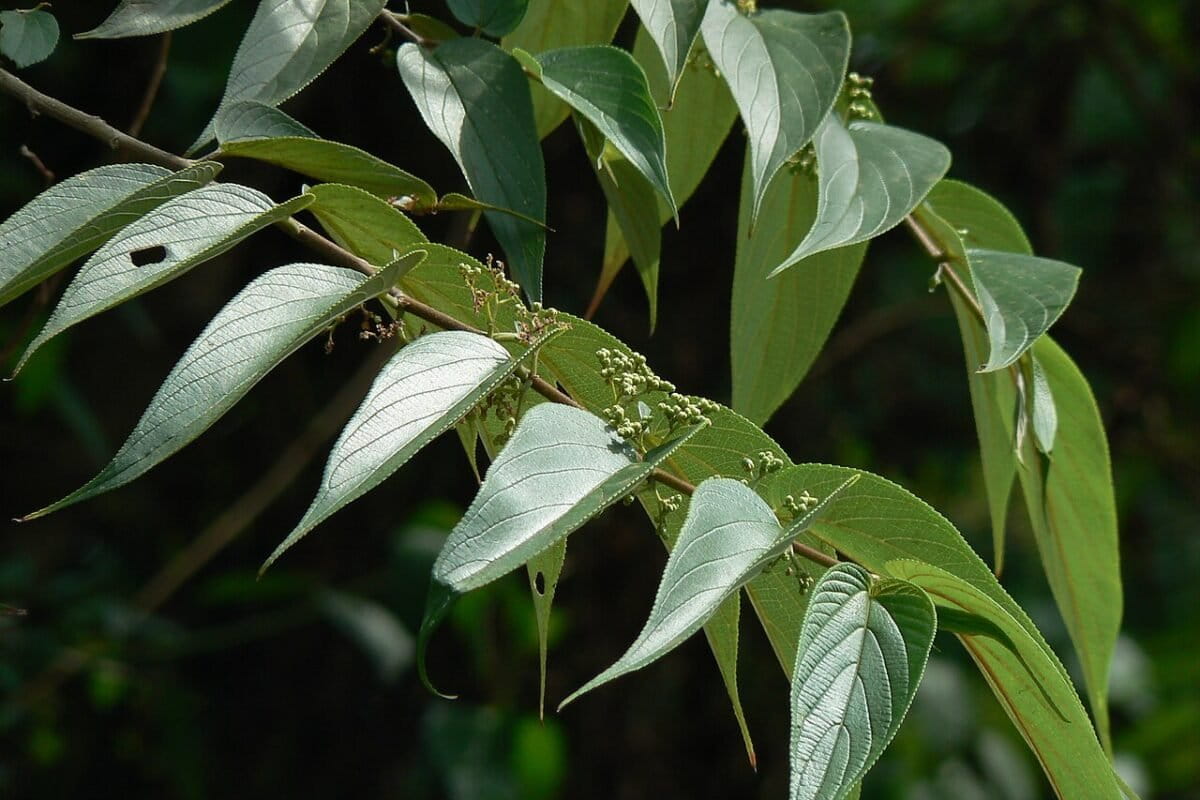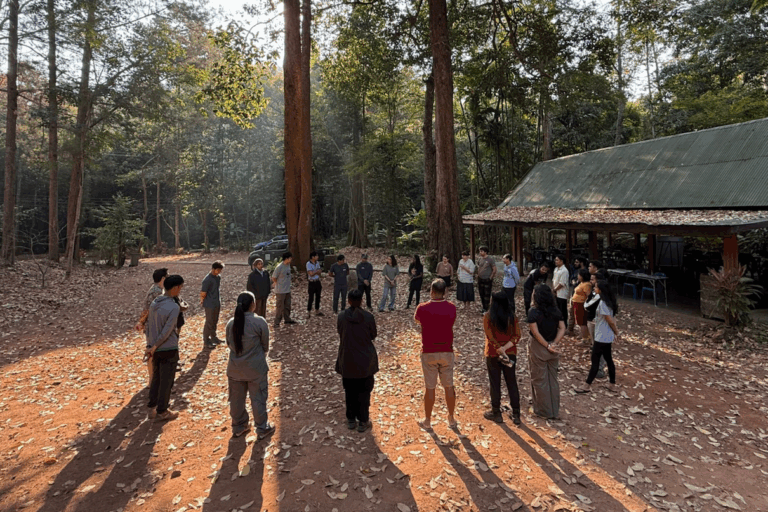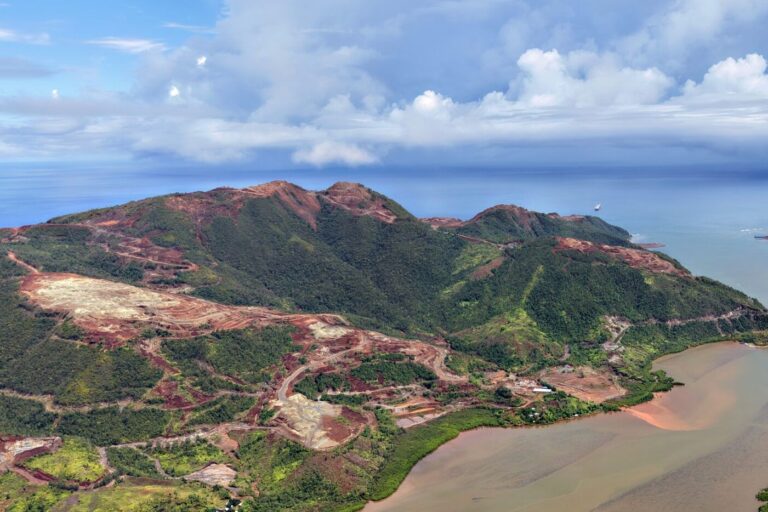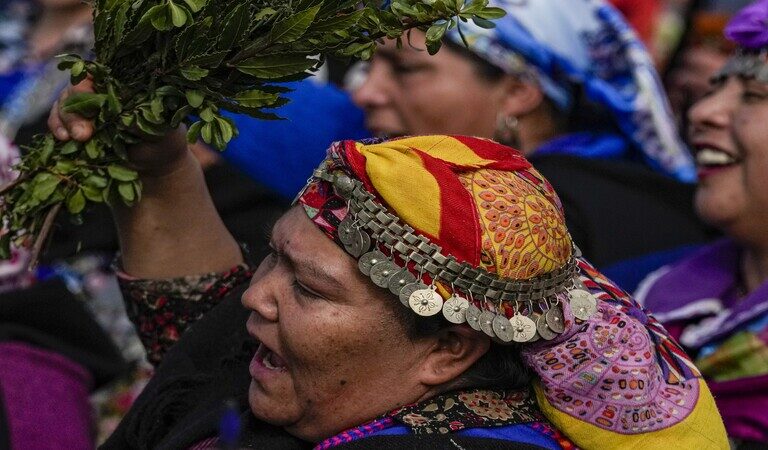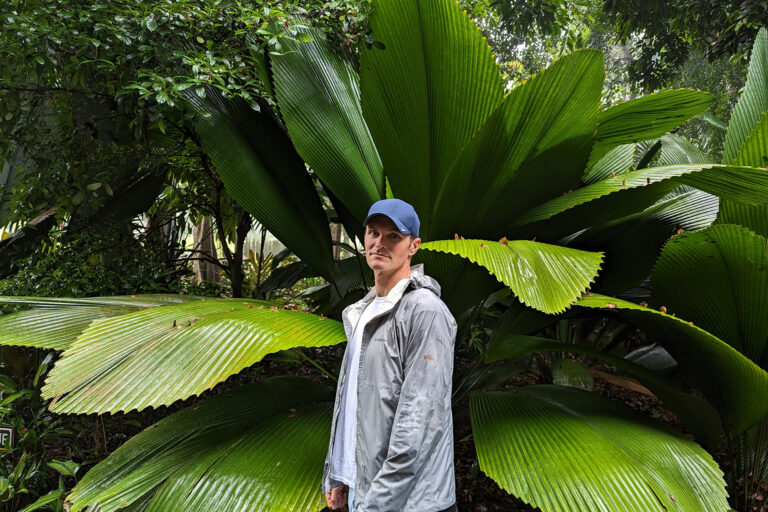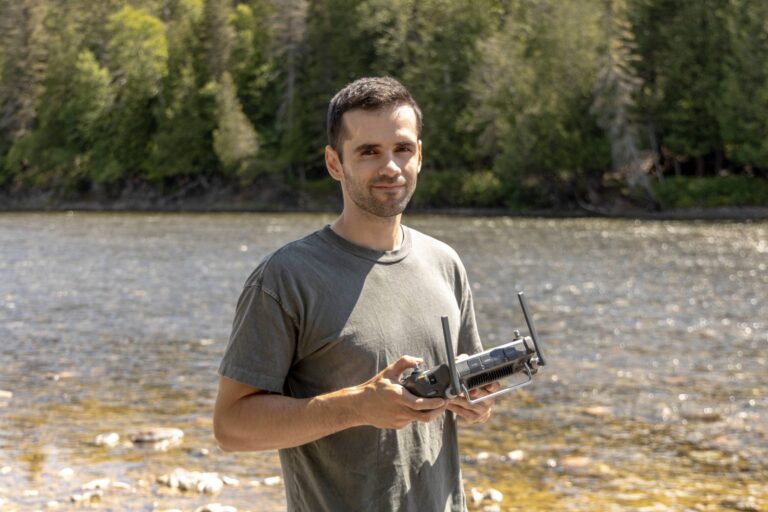- In April, the Norte Energia consortium — builder of the now operational Belo Monte dam — was fined US$10.8 million for the death of 16.2 million tons of fish. Another flurry of fish deaths has occurred since then, and fishermen fear more to come.
- Critics say the dam’s construction has had negative impacts on the Tabuleiro do Embaubal, one of the most important turtle breeding sites in the Amazon basin; 20,000 Giant Amazon River Turtles (Podocnemis expansa) lay their eggs there annually.
- The dam’s builder and scientists agree Belo Monte will drastically curtail the annual floods that force the Xingu River over its banks and into the rainforests, harming aquatic connectivity and likely impacting genetic diversity and ecosystem health. Extreme drought due to climate change adds to that risk.
- Indigenous and traditional fisheries suffered steep declines during the building of the dam, with fishermen and scientists noting the disappearance of important commercial fish species such as the piraíba. Those losses could continue in future.

Even before the controversial Belo Monte hydroelectric power station — the third largest in the world — began operation in April of this year, the harm the project was doing to aquatic life, and to indigenous and traditional people had begun to become clear.
Although some fish spawning areas had been wiped out during the multi-year construction period, the impacts became much worse in November 2015, biologist Cristiane Costa told Mongabay.
That’s when Norte Energia, the public private consortium overseeing the project, closed the Pimental dam and diverted 80 percent of the Xingu River’s flow away from the Volta Grande do Xingu — a gigantic 100 kilometer (62 mile) bend in the river — in order to fill the reservoir for the hydroelectric power station (see map below).
By the end of November 2015, fish were beginning to die, trapped in Volta Grande. “They couldn’t survive in the hot temperature with the low levels of oxygen in the remaining water”, said Costa.

Many of the fish had been about to spawn, but were unable to complete their reproductive cycle, and they had nowhere to escape.
“It was a really serious mistake for Ibama, Brazil’s environmental agency, to concede the Belo Monte license during the November-March South American summer, during an El Niño year”, Costa said. “The rivers in the Amazon were already being affected by an historic drought, and the decision to divert the water from the Xingu River to fill the dam’s reservoir made the ecological impacts all much worse in the Volta Grande do Xingu.”
In April, 2016, Ibama fined Norte Energia R$35.3 million (US$10.8 million) for the death of 16.2 million tons of fish. But, according to Costa, who is studying for her doctorate at the Federal University of Pará, the situation has only gotten worse since then.
“Another flurry of fish deaths occurred after the power station started operation on 20 April 2016. We don’t know how many fish were affected, but we know that a lot were dying through lack of oxygen,” she said. “All this means that the fish population has been dealt an irreparable blow.”
Years ago, biologists warned Norte Energia, the consortium of state and private companies in charge of the project, that Belo Monte would seriously damage river life and livelihoods, unless effective action was urgently taken. But, say the scientists, the consortium did not listen then, and seems not to be listening much better now.

Turtle populations at risk?
It is not just fish that have been impacted by Belo Monte. The sand beaches of the Tabuleiro do Embaubal, just a few miles downstream from Belo Monte could also be at risk. These riverbanks have been identified by biologists as one of the most important breeding sites for turtles in the entire Amazon basin.
Each year some 20,000 Giant Amazon River Turtles (Podocnemis expansa) migrate as much as 400 kilometers (nearly 250 miles) from as far away as the Amazon River estuary, upstream along the Xingu, to spawn on the Tabuleiro do Embaubal, according to the findings of a study by Costa and Juarez Pezzuti.
The animals come to the Xingu beaches to lay their eggs, in one of the most amazing natural spectacles to be seen in the Amazon world. P. expansa can weigh in at up to 65 kilograms (143 pounds), so the massive river turtles provide quite a show as they drag themselves ashore to ensure the next generation.

There is considerable controversy over how much Tabuleiro has been affected by Belo Monte already, and how much it will be impacted in the future.
One of the ‘condicionantes’ (conditions) that Ibama insisted upon before giving the go-ahead for the dam, was that the Norte Energia consortium properly manage the breeding beaches to assure that the turtles would be protected.
This condition has not been fulfilled, according to the Instituto Socioambiental (ISA), a large NGO that is committed to monitoring the impacts of Belo Monte.
Costa agrees that harm has been done: “For three years the turtles have not been properly protected during their reproductive phase.”
The spawning areas have not been fenced off, she explained. The lack of protection meant that a large number of turtles were poached in 2015. The situation was even worse in 2016, she went on, as the river did not rise enough to flood the islands, so the turtles were unable to hide in the igapós (the flooded vegetation) and had to remain in the open, becoming easy targets.

According to Costa, there are other aggravating factors linked to the construction of Belo Monte: the population influx both in the cities and along the river banks has meant that there have been more people trying to earn their living from the river; and the reduction in fish stock has meant that more people have been turning to the illegal poaching of turtles.
The price differential is an added incentive: this winter fishermen were paid about R$2.50 (US$0.75) per kilo of fish while obtaining R$150.00 (US$46) for each adult turtle they poached. A ready market for fish, turtle meat and eggs exists nearby in the city of Altamira — its population swollen to over 100,000 with an influx of unskilled workers from all over Brazil, men keen to find work on the Belo Monte dam.
Mongabay made repeated attempts by phone and email to contact Norte Energia for this story, but the construction consortium was unresponsive to inquiries. However, it did issue a press release after several Brazilian websites published ISA’s accusations: “There is no record of deaths of turtles, either adults or hatchlings, as a result of Belo Monte,” said the statement. “The dam does not have an impact on Embaubel because it is located about 60 kilometers [37 miles] below Belo Monte.”
ISA says differently. The NGO asserts that the drastic increase in recent years in boat and barge traffic along the river has disturbed the turtles’ reproductive cycle. It also says the number of animals killed or mutilated after colliding with river traffic, particularly fast-moving, motorised canoes, has increased considerably.

Many large barges, carrying heavy machinery, cement and other goods, bound to and from the dam construction site, have moved up and down the Xingu, even though many are too big and cumbersome for the river. Several large barges grounded every year during the construction phase — sometimes at Tabuleiro do Embaubal itself.
“This has tragic consequences, because these barges frighten the turtles and delay their spawning,” reported Costa. “And the later the turtles spawn, the greater the chance of their nests being flooded by the rising water from the early rains at the end of the summer.”
Norte Energia denies these charges. In its press release, the consortium said that no turtles had died as a result of the barges: “These travel slowly and don’t offer any risks to these animals.” The consortium added: “Norte Energia laments the fact that people and institutions opposed to the construction of Belo Monte, without arguments and scientific information to support their positions, routinely disseminate lies.”
Future trouble for turtles?
The situation at Tabuleiro de Embaubel could improve soon, as the turtle beaches have now been officially protected. In June, the government of the state of Pará created four preserves, including the Tabuleiro de Embaubel Sustainable Development Reserve.
Biviany Rojas, ISA’s lawyer, welcomed the measure: “These units are important to protect the areas from the intensification of land pressure in the region, after the filling of the reservoirs and the closing down of the building sites. However, they must be implemented and not just exist on paper.”
But even if the impact of the dam downstream is better managed as a result of the reserves, there is another worrisome longer-term problem. “The [Xingu turtle nesting] beaches have been formed and reformed for decades or even centuries. They need the annual flooding, and for more sand to be constantly brought downstream from higher up the Xingu River,” André Sawakuchi told Mongabay.
The researcher from the Institute of Geoscience at the University of São Paulo, fears that the dam at Pimental — built to divert water to the reservoir — could reduce the amount of sand brought into the Volta Grande bend, and prevent the annual renovation of Xingu River beaches, including the one at Tabuleiro do Embaubal.
If these beaches are eroded over a period of years, the turtles will have nowhere to lay their eggs and their future could be endangered.

Prospects don’t look good for another reason, he explained: “Climate models [including those used by the United Nations Intergovernmental Panel on Climate Change] predict a reduction in the amount of water in the Xingu River basin.” A recent study commissioned by Brazil’s government likewise found that the Xingu River’s flow could fall by 25-55 percent by 2040, possibly turning the gigantic Belo Monte dam into an $18 billion white elephant, while inflicting serious harm on turtles and fish.
If water levels drop due to prolonged drought as forecast, “We can expect fierce competition over water use upstream from the Pimental barrier, between those wanting to use it to generate more energy and those wanting to preserve ecosystems,” said Sawakuchi.
Indigenous and traditional people affected
The impacts on aquatic life brought by the Belo Monte dam have sent economic shockwaves through indigenous and traditional beiradeiro river communities as well, where thousands depend on the Xingu River fishery for their livelihoods, according to ISA.
The NGO claims that Norte Energia carried out its planning and its environmental impact studies as if these people didn’t exist. They were “excluded from the map”, it says, explaining that “their existence as a traditional people is not recognized officially by the state: mistakes in the administrative procedures of the environmental licensing of the Belo Monte dam progressively wiped out the fishermen from their proper role as affected populations”.
If ISA’s accusations are accurate, they violate Norte Energia’s binding agreement with the federal government. When Ibama gave the initial go-ahead for the dam, it set as one of its conditions that Norte Energia would generate a socio-economic register of all the people using the river who might be affected by the project. But it appears that Norte Energia ignored this legal requirement.
Ibama complained on several occasions that its conditions were not being met, but without seeing any action from the consortium. And because the very existence of river-using people was never recognised, no measures were taken to mitigate, or compensate for, the impacts of the dam on their lives.
ISA writes: “During the four years it took to build the hydroelectric dam, the negative impacts were severely aggravated by the competent authorities’ failure to intervene. No effective compensatory measures were taken.”

In its 2011 binding agreement with Brazil’s federal government, the Norte Energia consortium agreed to pay US$1 billion to Altamira residents, including nine indigenous groups, in compensation for the Belo Monte dam. Little of that sum has been paid to date. According to ISA, for example, only 15 percent of the compensation required to protect the land of indigenous groups has been distributed so far.
Considering Norte Energia’s failures to meet its legal responsibilities to local residents, one might think that Ibama would have denied the consortium an operational licence. It did not.
One potential reason for this lapse might be the powerful alliance of economic and political forces that have backed Belo Monte from the start. Another might be the possible role corruption played in moving the project forward. Multi-million dollar bribes are alleged to have been paid by the consortium to the Workers’ Party (PT) of President Dilma Rousseff — the ruling administration during the period of the dam’s construction. Brazil’s Lava Jato corruption inquiry is reported to be investigating possible corruption related to Belo Monte.
In an effort to prevent authorities from further ignoring their commitments to local communities, ISA conducted and published a study in 2015 meticulously listing all of the river’s fishing communities, and detailing the impacts people have already suffered.
ISA recorded the following major disruptions in the fishermen’s lives: explosions, excessive light, murky waters, the dredging of the riverbed, and constant movement of boats on the river, all of which adversely affected the fishermen’s catches.
The NGO has also discovered alarming and rising levels of food insecurity in the region, resulting in disputes between families as they fight over scarcer resources. ISA concluded: “the traditional way of life of these fishing families is heading for extinction”.

When the fish go away
Rodolfo Salm, another biologist at the Federal University of Pará, told Mongabay that some of the most valuable fish for the local communities had “simply disappeared”.
Costa offered more detail regarding this observation: “The piraíba fish is not found any more. Like others, it used to migrate from the Amazon River to the Xingu during the winter and it has vanished.” She added: “The fishermen believe that the explosions and the bright lights have driven these fish away.” Though no rigorous scientific study has been conducted to confirm the disappearance or its cause.
The lives of local families have become very difficult as a result of the fisheries decline, Costa said: “Many fishermen have had to migrate to other areas. Their costs have increased and their catch has declined.”

Some local fishermen are trying to fish in the newly created Belo Monte reservoir, but the traditional ways of fishing don’t work well there. “Their nets get caught in the vegetation at the bottom of the reservoir”, said Costa. And the morphology of the river has changed. “With the elimination of the islands, the banzeiros [a kind of river wave] have got stronger. Their boats can’t deal with them.”
Costa agreed that some impacts may soften over time, as the affects of construction recede into the past, and as people and aquatic species adapt to the dam. “Some impacts may be temporary or reversible,” she said. But “we need to monitor carefully the amount of sand reaching the riverbanks, which will greatly affect the life chances of turtles. And we can be sure some fish will not be able to adapt.”
She has particular concerns about a stretch of the Xingu River that extends 100 kilometers (62 miles) upstream from the Pimental barrier — an area densely occupied by indigenous and beiradeiro traditional communities.
In the past, this section of river flooded extensively, particularly in the winter, with on average 93,462 cubic meters (3.3 million cubic feet) flooding over the riverbanks each year, from 1931 to 2008. In April, the wettest month, an average of 19,985 cubic meters (700,000 cubic feet) flooded over the banks.
Under the more optimistic of the two predictions drawn up by Norte Energia, this annual flooding will fall drastically to 26,049 cubic meters (919,911 cubic feet) — less than a third of the historic average. In the crucially important month of April, the flood volume is expected to fall to about 8,000 cubic metres (282,517 cubic feet).
The extensive flooding once seen on this part of the river fully replenished soil fertility, allowed fish to reproduce, and to gorge themselves on berries found in the inundated Amazon rainforest. It also provided turtle hatchlings with plentiful food.

A 2016 study found that Amazon basin fish species living in lakes, floodplain forests and river systems need a high degree of connectivity to stay genetically diverse and healthy, but this connectivity is threatened by hydroelectric projects, such as the Belo Monte dam, as well as by increased drought due to climate change — all of which threaten rainy season flood cycles.
Even under the best-case scenario at Belo Monte, one of the best known and best-loved phenomena of the Amazon region — the annual flooding of the rainforest — will be severely curtailed.
Projected gold mine
More changes may be in store for the region’s ecosystems, and for the traditional and indigenous people who rely on their biodiversity and plenty. Belo Sun, a gold mining company owned by the Canadian investment bank Forbes & Manhattan, has been trying for four years to get the go-ahead for a large scale gold mine located just 11 kilometers (6.8 miles) from Belo Monte. The project would surely benefit from the electricity generated by the dam.
The R$1.5 billion (US$457 million) gold mine, if built, would extract 600 tons of gold over 12 years. The company confirms that it will use toxic cyanide to extract the precious metal, and that it will leave behind two gigantic mounds of material, containing 504 million tons of chemically active waste and covering 346 hectares (855 acres).
Thais Santi, the Public Federal Ministry’s Prosecutor in Altamira, the town in which Belo Monte is located, has said that she doubts the region can handle the one-two punch of the dam and mine. But most observers expect Belo Sun to eventually be given the go-ahead.
While debate and controversy will likely swirl around Belo Monte for years, and even decades, to come, there is little question that the project has brought significant development — along with its attendant environmental and social problems — to a once wild and remote Amazon region.




